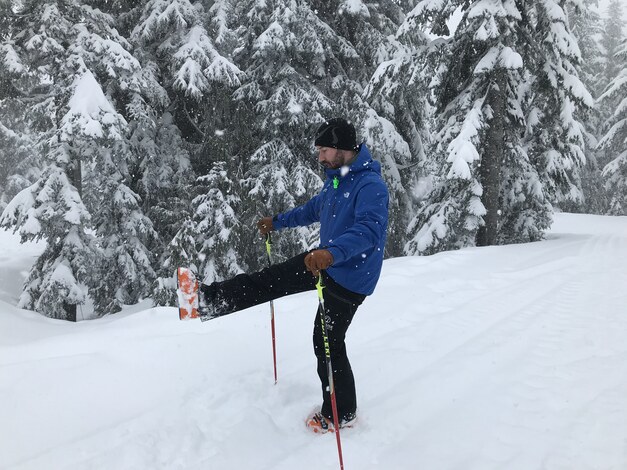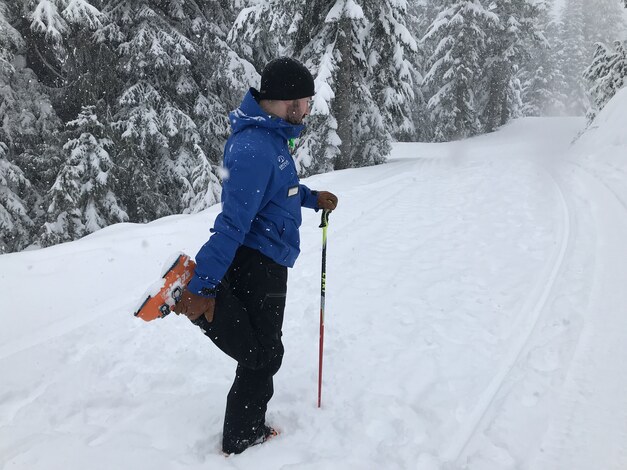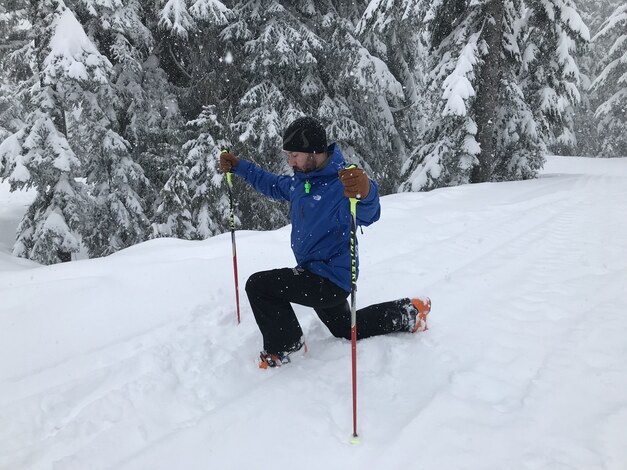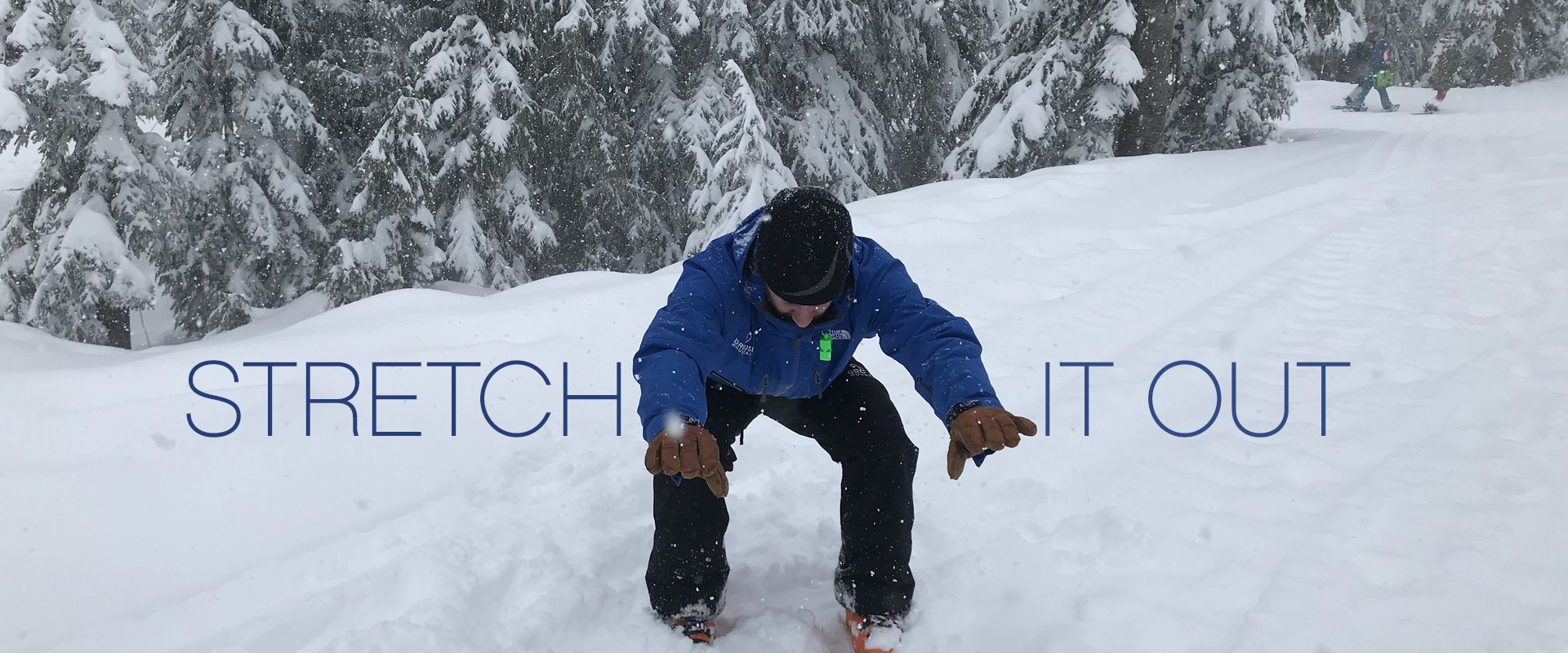
Stay Limber on the Slopes
Posted by Jacqueline Zaharko March 6, 2019
Stretching & Flexibility
Flexibility is a key component of successful skiing, injury prevention, reducing muscular imbalance and improving fitness endurance. Maintaining a good stretching routine will be hugely beneficial for you and whoever you’re riding with. Better flexibility equals better mobility, which means more runs and more fun!

Types of stretching and the best times to do them
Let’s break this down into two parts, before skiing and after skiing. Both as important as the other. You want to be just as mobile and ready the next day as you do today.
Before Skiing
It's easy to make the mistake to stretch before warming up. When muscles aren’t warm (not being used) they are like a cold elastic band, they band will not stretch to its full potential. This is much like our muscles, if they are not warm they become less elasticated and are more likely to tear under tension. However if you put the elastic band in your hands for a few minutes and allow it to warm up, the elasticity of it improves and the ability to stretch it increases. Which we can compare back to our own muscles and tendons. Once warmed up they too become more elasticated and are better adapted to deal with the forces involved with riding.
The main focus should be our legs. More specifically our primary activator joints, which are our hips, knees and ankles, as these are activated all the time in skiing and boarding, we want to make sure that we have good blood flow and good flexibility in and around these areas.
TECHNICAL WARM UP
If this is your first time, a simple walk to your meeting area for your lesson can be enough to get the blood circulating. It’s most likely that an instructor will set aside some time to run through a warm up and stretch to make sure everyone is ready!
If you’re just up here to rip around, my best advice would be to use the terrain to your advantage. This type of warm up can take place on snow, The Cut is great green run that includes different pitches which you can use to your advantage. Drills like side slipping, hop turns, any drill that targets the activator joints (hips, Knees, Ankles).
STATIC STRETCHING
This should happen post warm up, and requires us to take off our skis or board. When I do my stretching I usually find a space at the bottom of the chairlift. It doesn’t need to be long, 5 minutes, the main focus should be your glutes, quads and hamstrings, as these are the three primary muscles activated when skiing or snowboarding. Check out this website for a great lower body stretching routine

After Skiing
Have you ever been sore after a full day on the slopes? If yes, you will be going through something called delayed onset muscle soreness. It is caused by having too much fun and forgetting to cool down after a full day on the slopes! We’ve all been there, but there is a way to reduce it. Simply finish the day by easing your heart rate back down to resting, use a less intense run, and take a couple minutes while you’re cooling to do those static stretches. Trust me it’s worth doing, especially if you’re riding multiple days!
Something is better than nothing, as an instructor skiing almost every day I can, I have incorporated the habit of warming up and cooling day into my everyday routine. I know the feeling of stepping off the tram and wanting to head straight for fresh tracks, but taking the time to include this will increase the longevity and mobility of your body.
